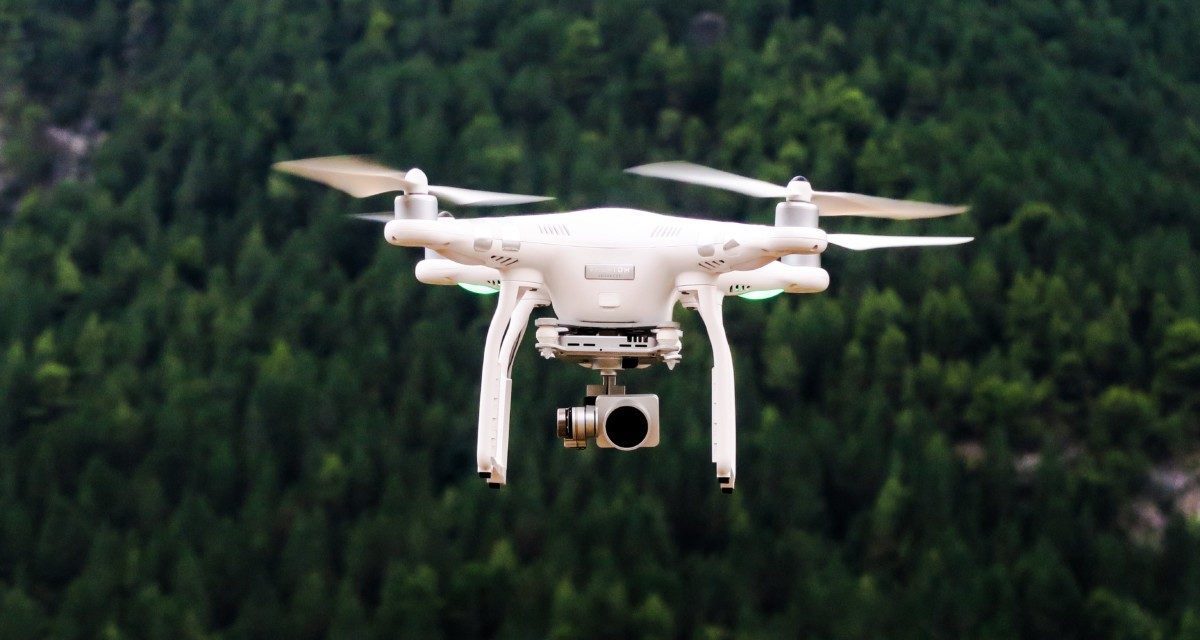[ad_1]
The Aerial Video shot is a new trend emerging for creating low-altitude imagery through the use of lightweight, remote-controlled helicopter drones. This technology allows for stunning aerial shots that can be used for various kinds of videos including real estate videos, construction videos, action-sports and films. There are many more uses for aerial filming, but these industries are early adopters of this new trend. Transparency Market Research finds that the aerial photography market is expected to reach $1993.3 million by 2019, with most of the income coming from the U.S. market. Most of the demand will arrive from the real estate, construction and the natural resource management sectors. Increased demand is also expected from urban planning and insurance fields.
There are many factors to consider when choosing to perform aerial filming. Here are some tips for successful aerial video production:
Weather
The most important factor is the weather. It is advisable to film on a day when the winds are less than 10 mph and usually the optimum conditions are in the morning. I've watched a lot of aerial videos and in almost all of them there are some shaky shots. I think it's the nature of this type of videography since sometimes the drone can encounter a sudden gust of wind.
Type of Drone to Use
The next most important factor is the type of Unmanned Aircraft System (UAS) or drone to use. The least expensive ones are quadcopters which are small and lightweight but suffer from lack of stabilization controls like a gimbal. A gimbal is a support system that can control the camera on the roll and pitch axes. It also compensates for the movement of the drone the better gimbals can also pan and tilt the camera. A properly adjust gimbal can stabilize the camera well enough to yield “movie” quality shots. A hexacopter with a steady gimbal is the best choice for a flawless video shoot and. The extra propeller and weight of the hexacopter provide a much more stable experience than with a quadcopter.
Type of Camera to Use
You should also choose the lightest camera possible for your desired results. Most hexacopters can only fly 8-10 minutes with a DSLR due to the limitations of the batteries. If you fly a Go-Pro then expect 20-25 minutes. Your choice of camera depends on your final use, if you want high quality, beautiful shots then I suggest using a lightweight DSLR like the GH-3, or a Canon 5D series. Go-Pros can look great, but they just don't have the image quality of a DSLR. It's advisable to have several extra battery packs on hand, especially if you intend to be filming all day.
Have a Monitor System.
You have to see what the drone is filming in order to get the best shots, so a good wireless monitor system is a requirement. The terminology in the UAS world is FPV which stands for First Person View. Our aerial video system has two monitors, one for each remote control. The ideal filming situation is to have 2 drone operators. One just pilot's the drone, and the other operator uses the second remote-control to adjust the camera tilt and pan.
Safety
Lastly, you must take safety into consideration. You can't fly within 5 miles of airports and nor can you fly above a crowded place. Also, you have to stay under 400 feet and within a line of sight to the UAS. Currently, the legislation covering small drones is murky. The are legally classified as “Model Aircraft” and subject to the laws governing model or hobby aircraft. Recently a FAA court case was settled in favor of the defendant when a judge dismissed all charges against a drone pilot who had been aerial filming over a college campus last year. This led drone enthusiasts to celebrate but the FAA quickly appealed the decision. According to Inman news, the FAA is currently drafting a rule for small drones expected to be released in late 2014.
Have Fun!
Flying helicopter drones is a lot of fun and the cinematic beauty of the footage is very rewarding. I'm sure the government will come to their senses and realize this is a profitable and needed resource which needs to be regulated fairly. In the meantime keep getting amazing aerial footage and have fun practicing and experimenting with different maneuvers. Surely engineers will keep inventing smaller and more stable drones and lighter video cameras. I can't wait to see what new advancements will arrive this year!
[ad_2]
Source by Horacio Jones

